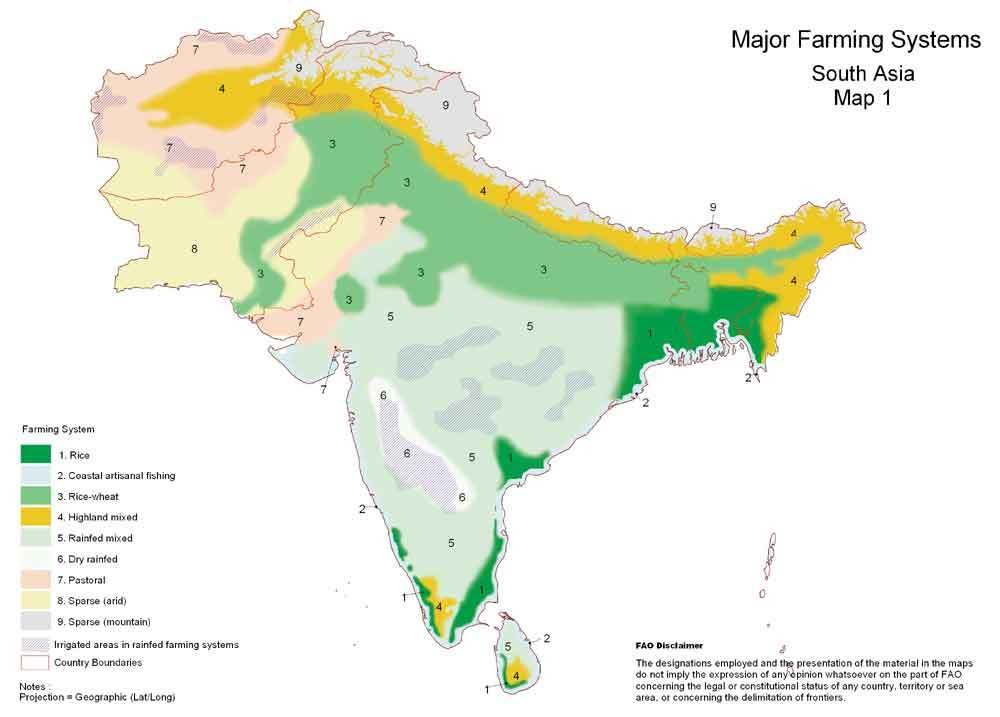In an effort to boost the agriculture sector, the Indian government has set an ambitious goal to double farmers’ income by 2022. In doing so, it has unveiled strategies ranging from irrigation to crop insurance. But if the food value chain is to undergo true transformation, it needs to move from a production-driven system to one driven by demand, one that increasingly connects consumers with producers.
This will require new approaches and innovations, as well as increasing collaboration between the private sector and other stakeholders in the food system. It will require integrated value chains that connect farm to fork, competitive markets that provide better prices to farmers, and an enabling environment that supports innovation and action. No one stakeholder – whether governmental, corporate or from civil society – can do this alone, especially given climate change and increasing pressure on land and water resources. Real impact will come from combining the competencies of diverse organizations and stakeholders and creating better alignment through partnership platforms.
What does this alignment look like? Simply: more investment, more on-the-ground resources, new collaboration models that combine the knowledge and resources of diverse stakeholders, and which share best practices, risks and mutual accountability.

Seeds of success
In India, several key states are developing such partnership platforms, including in Andhra Pradesh, Karnataka and Maharashtra. Supported by the World Economic Forum’s New Vision for Agriculture initiative, these state-level projects bring together government, private sector, farmer organizations and civil society to jointly develop solutions for integrated value-chain projects that will provide farmers with more and better opportunities.
There are currently more than 20 organizations engaged in these state partnerships, ranging from processors to retailers, multinational corporations to local enterprises. There is a strong commitment from CEOs to support this model though business leadership and support.
– Maharashtra was one of the first states to initiate this partnership model, with a 2012 government programme that aimed to develop integrated value chains for specific crops. Within three years, the initiative had reached half a million farmers and improved their incomes by 10-30%. This year the state government has introduced new marketing laws, hoping to encourage more competition and investments in agriculture markets.
– In the state of Andhra Pradesh, a partnership platform is aiming to achieve double-digit inclusive agriculture growth. The state has identified 25 growth sectors – including agriculture, horticulture, animal husbandry and fishery – and within a few months has mobilized more than $175 million in private-sector commitments to support several value-chain projects.
– In Karnataka last year, the state government launched a public-private partnership to improve horticulture value chains through value addition, technology and marketing solutions. In less than a year, five projects are already underway, led by both global and local private-sector companies.

Image: FAO
While each state-level partnership follows a unique model, they share similar guiding principles, which have been developed and validated by countries around the world. These are:
– Locally owned and aligned with the state’s goals and priorities for the sector
– Market-driven with projects led by the private sector and rooted in viable business models
– Multistakeholder in their approach, with open and inclusive engagement that includes all relevant stakeholders
– Holistic, integrating full value chains that benefit all actors in the food system
– Supported by an international network that offers solidarity, connection and resources.
The state-level partnership platforms hold great potential for application elsewhere in India. Several other states have indicated interest. A key success factor for such models has been strong leadership and co-creation, with the government setting the vision and enabling policy framework; the private sector helping to deliver on that vision through scalable and inclusive market-based activity; and key stakeholders such as farmer organizations, civil society and international organizations combining their resources and expertise.
Only through such strong leadership from diverse stakeholders can we create the conditions needed for unlocking the entrepreneurship of smallholder farmers and ultimately boosting their income.

